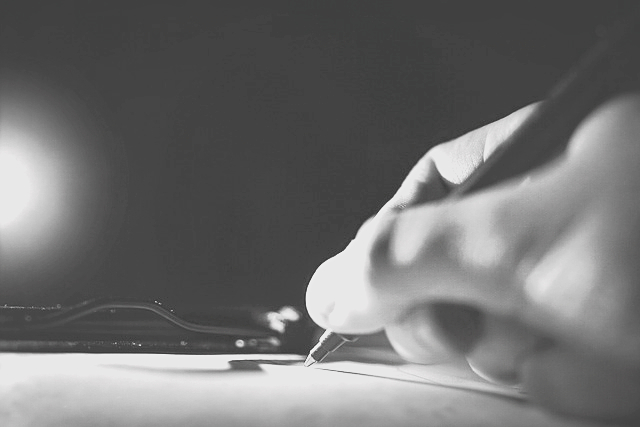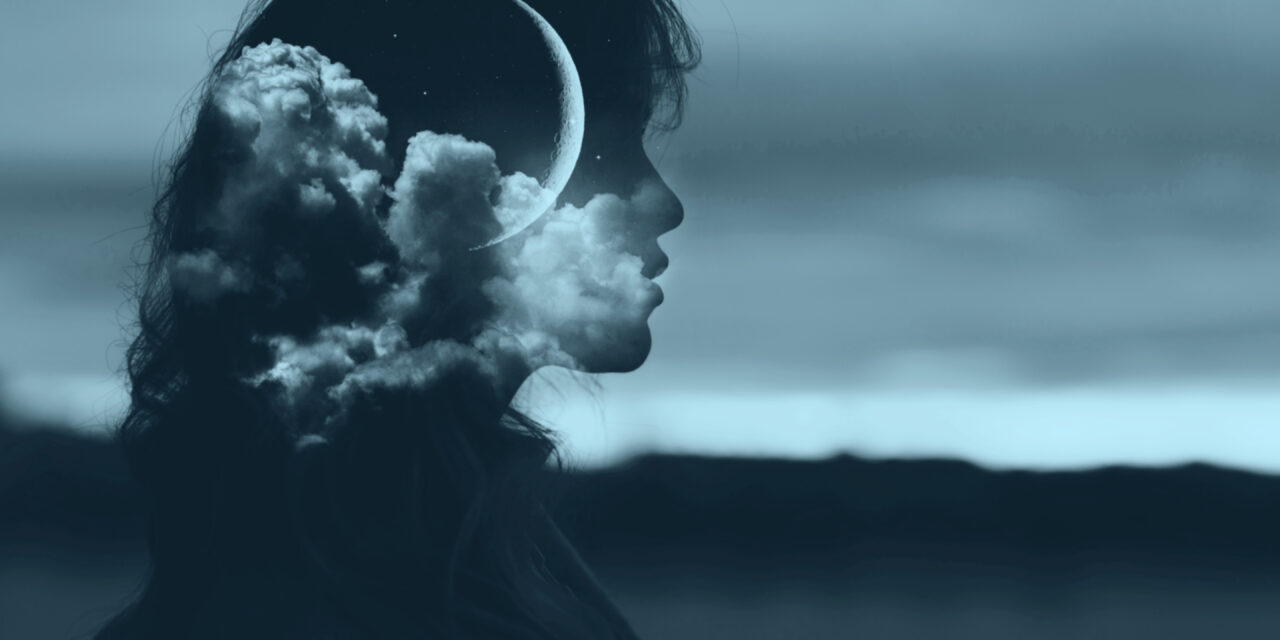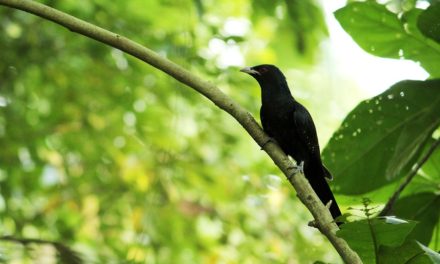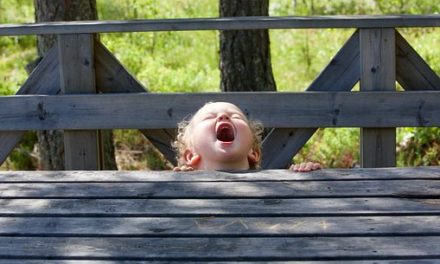I sometimes think of resilience as an emotional mesh; flexible, tough, and invisible to the naked eye. When working well, resilience is vital part of the self: it’s not something that can be surgically implanted; it has to be allowed to grow organically. Arguably, it’s an essential spiritual quality: not a pious straight-jacket, but something altogether more wholistic. In my experience, some religious people do mistake a doctrinal straight-jacket for inner resilience, but the longer I live, and the more knocks and diversions I have been obliged to negotiate, the less I favour the straight-jacket option. I’ve never much been one for rigidly following orders anyway. I prefer life’s – and faith’s – subtler essences, its seasons and spirals, even as I slip into middle-middle age and all its raw uneasiness. These days I need my resilience as much as ever. Where does it come from?
Let’s slip back in time a little. I’ve just turned thirteen years old, an awful age for anyone, too old for childhood, and too young to have the least idea of how to adult. I’m an only child, which has its own challenges, and I’ve recently started at a girls’ high school where I know no one. I am confounded by rigid rows of desks, uncomfortable A-line skirts and stiff green blazers. I’m bewildered by formal timetables and graded homework. Gradually, and thanks to my sharp memory and reasonable intelligence, I get the hang of this new, albeit old-fashioned way of life. I start getting A’s for my essays. I enjoy doodling and sketching in my standard-issue so-called rough book. Already I am an incipient note-taker and cherisher of notebooks. That first year in particular my pocket notebook takes the role of friend.
Making real friends is a far pricklier prospect. Many of the girls already know each other from their junior years together. At twelve and thirteen, they are cliquey and assured. Jennifer sits next to me in class, because our last names begin with the same two letters, L and A. Behind me is Carol K, another girl, a new girl like me, and over the course of that strange first term we become friends. We connect over a shared sense of being outsiders, and of being academically astute, having survived the rigours of the entrance exam. My fragile sense of self starts to thaw and fill out. I have a friend. I am good at schoolwork. I can manage. I am okay.
This assurance is shattered when Jennifer decides that she wants to be best friends with Carol K, and gets another girl, Marion, to write me a note to this effect. It’s presented to me at the end of a school day, felt-tipped bubble-script on the torn half-page of someone else’s rough book. Jenny and Carol don’t want you as their friend.
The two turn away from me whenever I enter a classroom. My gym things are removed from their usual cloakroom peg (also in alphabetic order) and dropped on the floor. ‘Best friends’ is a serious category in an environment where most tables are for two girls to sit together, and most excursions, and many sports, require a pairing up as well. I find myself sitting alone at every turn. I start to smell of loneliness and desperation: that’s often what happens when a person goes into a spiral of depression, no matter their age. I become the victim of anonymous bullying, the worst of which is a dead cockroach, stolen from the biology lab and reeking of formaldehyde, squashed into my homemade orange Latin folder. I remember the absolute horror of finding this and the ripple of suppressed giggles behind me.
Soon afterwards I try to explain my deep distress to my mother, and although I’m not sure she grasps the painful ins and outs of the situation, she knows her daughter is sufficiently upset to warrant a few days off. We take a trip into the city together for lunch and shopping, and she buys me a purple feather brooch, and Norman Vincent Peale’s The Power of Positive Thinking in a smart navy-blue paperback edition. Together, they become totems of a fledgling inner resilience.
That year, and the rest of my time at the girl’s high, continue to be periodically bumpy and upsetting, but after the rottenness of feeling so betrayed and ostracized, I learn to cope; to rely on my own company at times and on my own resources more. Soon enough I make other friends, better and steadier than my first attempt. But something else also helps my resilience to flourish.
In the spring term I am presented, as are all the new girls, with a small Gideon’s New Testament. This is a satisfyingly small book with plastic dark red covers. I promise, as instructed, to read a section every day at the presentation ceremony, but nobody takes the event very seriously. Carol K shrugs at me with a sly smile as she collects hers. Strangely though – my parents are not at all religious – I do start to read a little every morning, and even more strangely, feel a calmness and lightness I haven’t experienced before. This adds an extra dimension to my budding resilience, a spiritual warmth. It feels a little like finding myself unexpectedly in brief sunlight. It is some years before I investigate faith further, but already its shoots are pushing upwards towards conscious awareness.
Thanks to my notebooks, my purple feather, my dark blue paperback about positive thinking, and the quiet, trusting confidence of my mother, I allow my resilience to mature and to protect me from life, while at the same time giving me strength to expose myself to that very same unpredictable, sometimes wounding, life. I finish high school with shining grades and prizes and navigate an unstable year out in Norway before finding my way through university, a challenge in itself, and a gateway to adulthood.

Faith has come and gone during my decades of adulting. So has notebook-keeping, self-care in general, and the quirky cultural talismans that can provide an emotional boost. There have been many points where I’ve struggled to keep my grip on a sense of self and purpose, including a major breakup, the death of my father, further brutal heartbreak, and then the relentless pressures of a job that made me progressively ill until I left it. Each of these have induced their damage and scarring, but with hindsight I can also see that each also allowed my resilience to strengthen and grow, as unobtrusively as a set of underground roots. And look, I’ve had a good share of happiness too, lest you are wondering, and lest I forget.
However, to mix a metaphor, I am far from out of the woods. In the middle of midlife, my husband and I face impossible decisions over the care of my dear mother, now elderly and frail, who has started falling at home. I have not made enough of my life to cover her care expenses; I have no siblings, and though happily married, no children, only two cats, one of whom is frail himself. The twin shadows of futility and mortality loom over me, and I do not wish to be their friend. I wonder whether I’ll bear up under the tidal pull of needy loved ones, the inevitable sharp rocks of grief. I wonder how much time I’ll have left to make something creatively worthwhile of my own life. I worry about nasty surprises and off-stage laughter. I dream fitfully in the night and wake thinking that Hopkins had it right: the mind has mountains – cliffs of fall, frightful, sheer.
But I hope I still have deep in my core that same invisible mesh of resilience that has seen me through so far. I try to re-vision it as an internal safety net, of the sort that high-wire artistes have in place as they venture over the void on a spun-out metal thread, or acrobats, as they make impossible leaps to safety over the abyss. A gossamer thin, tensile, safety net over the cliffs of fall. I have not plummeted, as poet Denise Levertov once wrote. Something in me is whispering the same, and putting it in the present tense.
In an attempt to draw on my resilience, I’m going back to basics. These are my basics, of course. Yours may differ. But maybe not by that much. The first is to turn to your rough book. Call it what you like: journal, notebook, sketchbook, but a place to house notes to self and notes of self is a vital self-nurturing device. Don’t accept pages out of anyone else’s rough book if they haven’t got anything positive to offer. If they’re forced upon you, make them part of a larger narrative of your own.
If you’re blessed with good friends, nurture those friendships as you nurture yourself. Keep as fit as you can. Oh, and buy books. For me these are likely to be poetry collections as much as self-help. Any form of reading is a balm.
Don’t underestimate the power of treats and talismans. I have a beautiful rosary blessed by a priest at Walsingham. I hold onto it under my pillow in the night, like a safety chain. And while I’m on the subject, I’ve come to the deeply-held conclusion that although I’m not entirely sure what it is or how precisely to do it, prayer, no matter how primitive, is non-negotiable. St Therese of Lisieux would return to saying a set prayer like the Our Father or Hail Mary when she felt too distracted for any kind of interior silence. That way you can let the set prayer’s beauty and universality do the praying for you. And sometimes a feeling of sitting in sunshine returns, just as it did when I was a schoolgirl, pondering the Gospels.
Finally, although this is not really final, so much as the whole point of everything: I have groped and stumbled my way through a gamut of emotional entanglements to find that the most resilient and restorative of them all is not anger or fear, but love. I only had an inkling of this as a schoolgirl. Perhaps I came across the famous passage from St Paul on charity. Later I discovered Julian of Norwich, who in her final locution, is assured that ‘Love was His meaning,’ and nothing else is truly knowable or worth knowing. By ‘knowing’ here, she and other mystics mean a profound groundwork of understanding – not the essays and exams I once took pride in. Love is not always easy, but it is ultimate. Perhaps that’s why it can take so long for us to arrive there. But glimpsing that vision, and holding fast to it, allows everything else to align. One can lose people and pets and professions and possessions: but love remains, infinitely fluid and ultimately immutable. And consequently everything, right up to the end, is an invitation to love.
One morning I wake and find a way forward like sunlight rivering through the clouds.
“We’ll move in with her,” I say to my husband. “We’ll set up a garden office and a catio. I’ll tutor part time and look after my mother. We’ll keep her morning carer on and see what else she needs.”
“Sounds reasonable,” he says. “I’ll take some time off work to help.”
I open my laptop and start googling. Things start falling into place. They may not stay in place of course: that’s the nature of life. But it’s remarkable how other options seemed wrong and difficult, when this one seems to flow like love itself. I’ll need my resilience in the months and years ahead. I rely on it as an innate grace, homegrown. Returning home is sometimes part of love’s spiral; and all earthly life is precious as a hazelnut held in God’s warm palm.








“The twin shadows of futility and mortality loom over me.” I will steal that shamelessly. The rest of it is gold. A special thanks for universal prayers. Always praying.
Thank you very much for such a kind comment! Yes, always prayer. S
” I still have deep in my core that same invisible mesh of resilience.” I love your story of meeting the Gospel and finding it like “sitting in the sunshine.” It’s been put to so many other uses, but I think really it’s meant to awaken our sense of that invisible mesh. It’s a story of resilience, after all. Thank you for your beautiful, healing words.
Thank you so much for this lovely comment! Sending sunshine. S